Phishing-Resistant MFA: Why FIDO is Essential
Thales Cloud Protection & Licensing
MAY 7, 2025
The Rising Threat of Phishing and Credential-Based Attacks As malicious actors evolve their tactics, adding AI to their arsenal of malicious tools and automating and scaling their campaigns on an unprecedented scale, phishing remains a top initial attack vector.



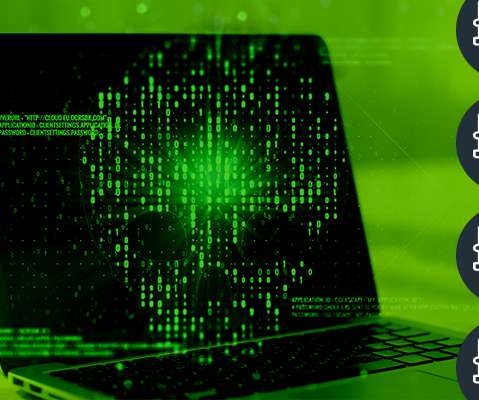
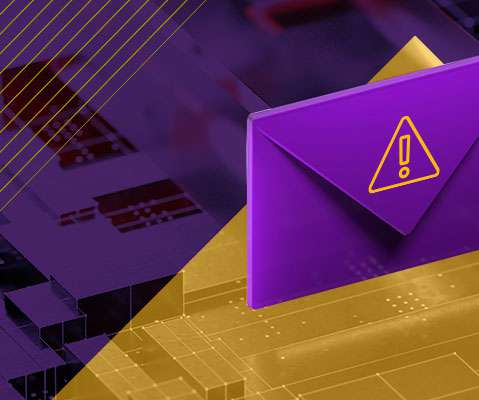
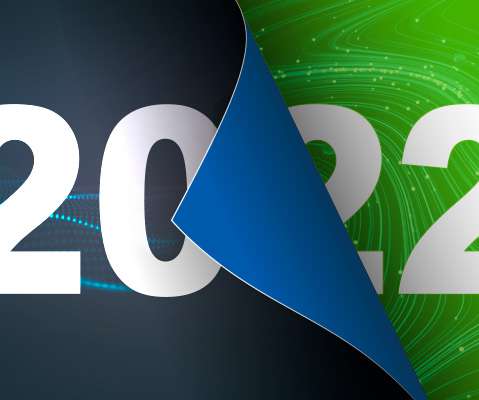
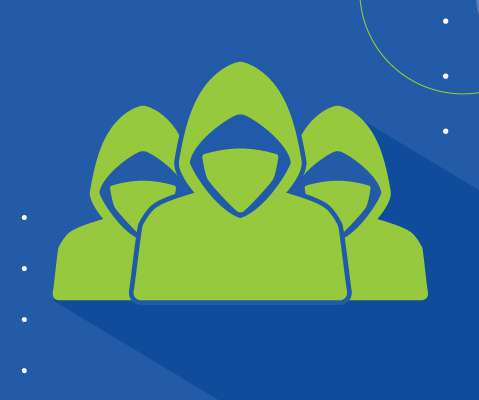
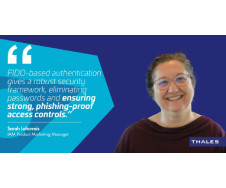
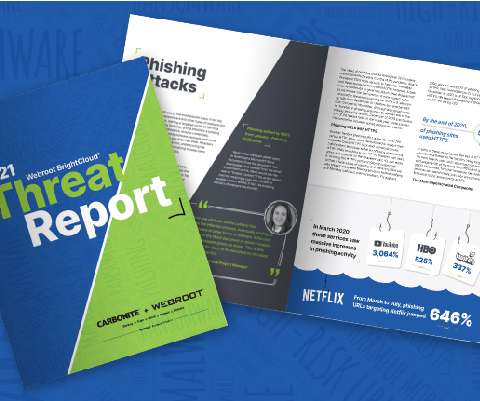
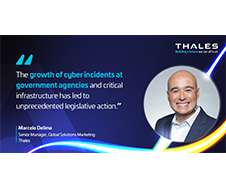






Let's personalize your content